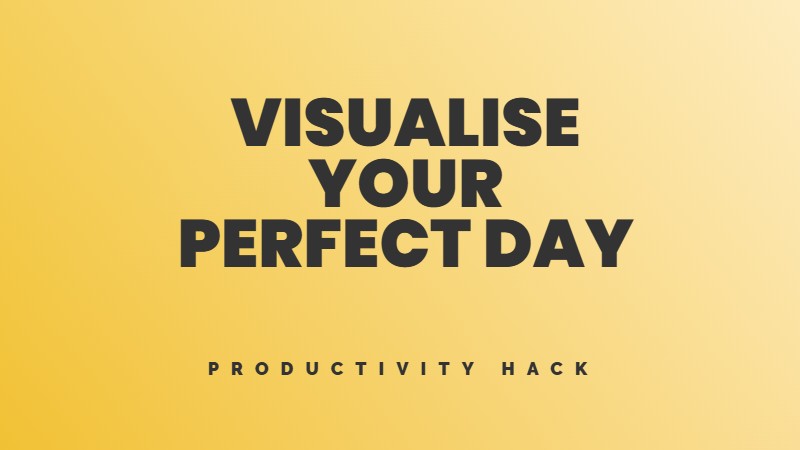Your brain is not a computer. It can’t effortlessly skip between tasks with zero switching costs. Each time you shift focus to deal with some new chore, a little bit of your cognitive power dies. But in the modern workplace, all the incentives line up to make you do it anyway. Until that nauseous feeling of always doing and never quite finishing becomes the new normal.
Here’s the good news, though. It doesn’t have to be this way. You have the power to resist the pressure of constant activity and discover the pleasure of deep, uninterrupted focus. Will it be a struggle? Of course. Will your coworker’s brow crease with concern as you turn off your notifications? Undoubtedly. Small-minded conformists may scoff, but you’ll reap the rewards of quality work and increased productivity.
How to minimize context switching
Many knowledge workers find themselves jumping from one task to another throughout the day, whether it’s responding to emails, attending meetings, or collaborating on projects. This constant context switching can leave you feeling drained and unproductive, even if you’re putting in long hours.
The problem lies in a phenomenon called attention residue. When you switch from one task to another, your brain doesn’t immediately let go of the previous task. It takes time for your mind to fully transition and focus on the new task at hand. This residual attention split can lead to mental fatigue and decreased performance.
Studies show that it can take over 20 minutes to fully refocus after an interruption or task switch. Imagine the cumulative impact of dozens of these transitions throughout your workday. You may feel like you’ve been working nonstop, but in reality, a significant portion of your time and mental energy has been spent simply reorienting yourself.
Strategies to combat the negative effects of context switching:
By being mindful of the impact of context switching and implementing strategies to minimize it, you can boost your productivity and feel more energized throughout the day.
It’s not about the volume of work you complete but the quality of your focus and attention. Protect your mental energy by being intentional about how you structure your workday and manage your tasks.
With practice, you can train your brain to be more resilient to the demands of a busy knowledge work environment. Start small by implementing one or two of these strategies, and gradually build up to a more focused and streamlined workday.




Leave feedback about this